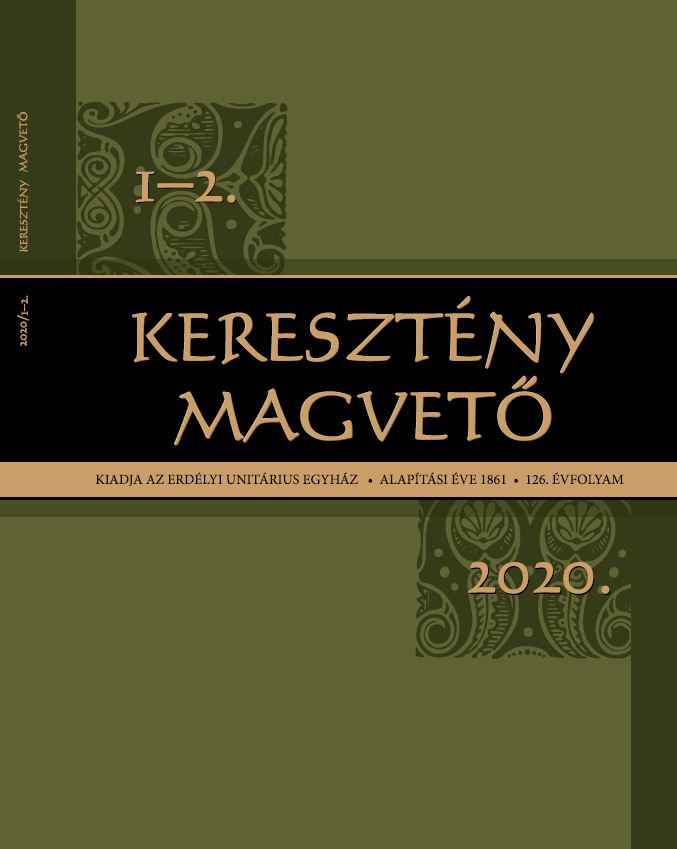Az unitárius népesség lélekszámának, területi megoszlásának és településszerkezetbe való betagolódásának változása a népszámlálási adatok tükrében
Changes in the Transylvanian Hungarian Unitarian’s
Population
Author(s): Dénes KissSubject(s): Rural and urban sociology, Sociology of Culture
Published by: Erdélyi Unitárius Egyház
Keywords: census data; Hungarian Unitarian population; Partium; rural area; Szeklerland; Transylvania; urban area; 19–20th century;
Summary/Abstract: With the help of census data, this article examines the long-term changes in the Transylvanian Hungarian population’s size, territorial distribution, and true integration in its settlement structure. The change of the Unitarian population in the last 150 years closely followed the trends of the Transylvanian Hungarian population. During the 20th century the number of Unitarians grew together with the size of the Hungarian population, then in the 1980’s they dropped together. The proportion of the Unitarians amongst the Hungarian population was nearly constant. Their number dropped by 12,5% between 1992 and 2002, and by 13,5% between 2002 and 2011, and is expected to be 13 per cent between 2011 and 2021. This population decline will not be uniform. It will be the smallest in the Szeklerland counties, while it will be the largest in the scattered areas of the Romanian majority. In the latter area, we expect the complete disappearance of the urban Unitarian communities. In contrast, scattered congregations are expected to survive in the Partium, as well as in Transylvania’s ethnically mixed and Hungarian-majority areas. The population decline should diff er according to settlement types, with the proportion of Unitarians living in villages increasing in the long run.
Journal: KERESZTÉNY MAGVETŐ
- Issue Year: 126/2020
- Issue No: 1-2
- Page Range: 107-120
- Page Count: 14
- Language: Hungarian

